Advantages of biotechnology in society
Advantages of biotechnology in society
Biotechnology has a positive and direct impact on people's lives, as it offers specific solutions in different areas of action. Some of the advantages of biotechnology are:
Reduces environmental pollution
Reduces environmental pollution
Biotechnological processes operate in water and under very mild conditions, reducing the use of natural resources, as well as the use of polluting substances or other chemicals.
Improves people’s health
Improves people’s health
The diagnosis of patients is improved, while drugs, treatments, and vaccines are developed to perform better and reduce side effects.
Offers sustainable energy alternatives
Offers sustainable energy alternatives
Biotechnology is a strong ally for the energy transition, since it can be used to generate renewable fuels as well as reduce dependency on fossil fuels.
Improves the nutrition of the population
Improves the nutrition of the population
It makes it possible to introduce additional vitamins and proteins into different food groups. Furthermore, it also makes it possible grow foods in extreme weather conditions.



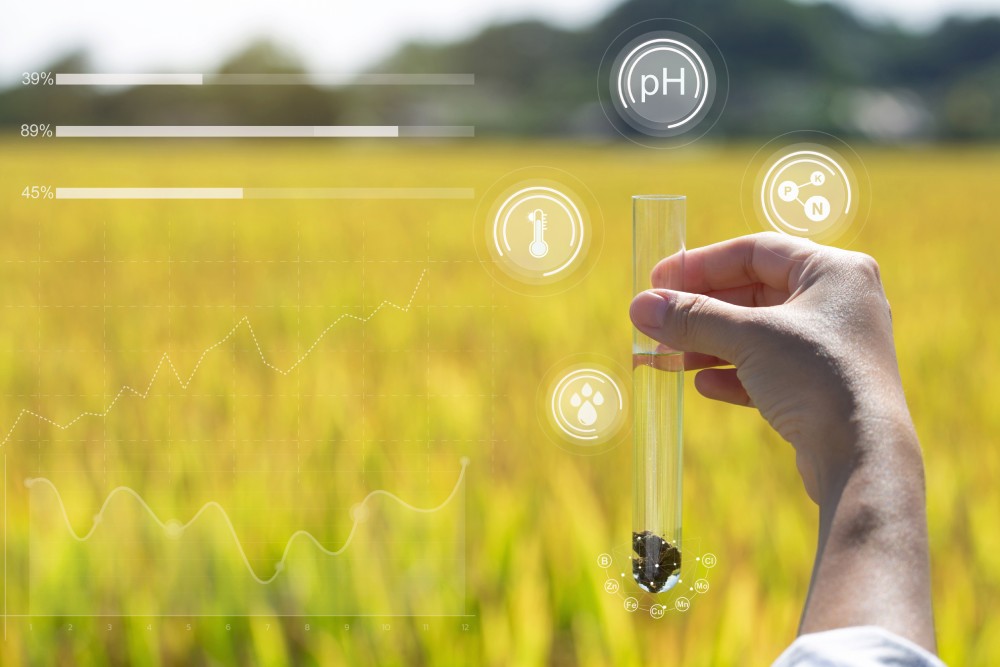
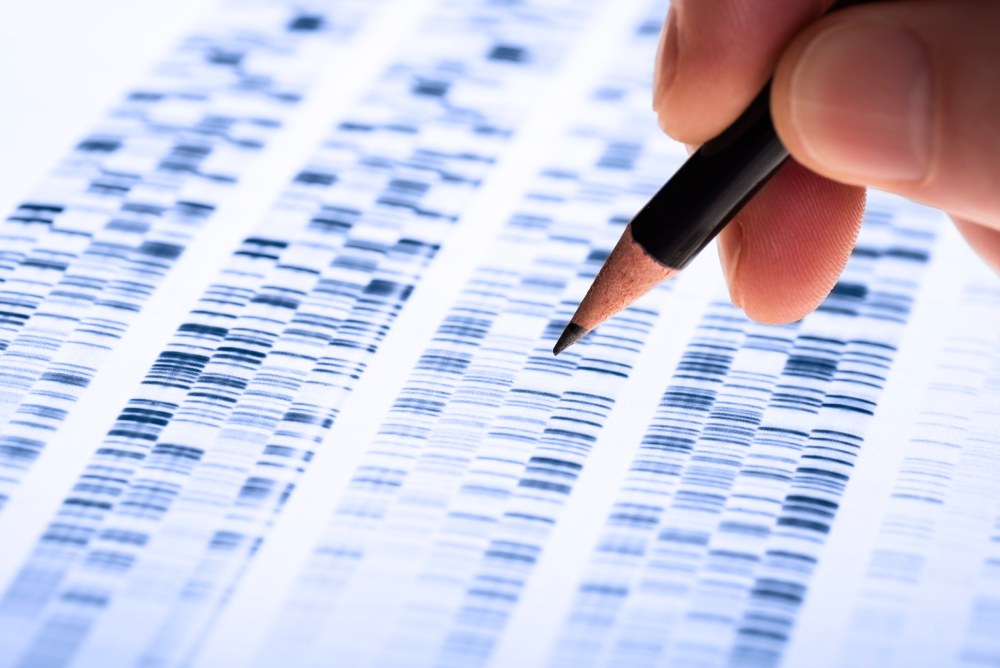
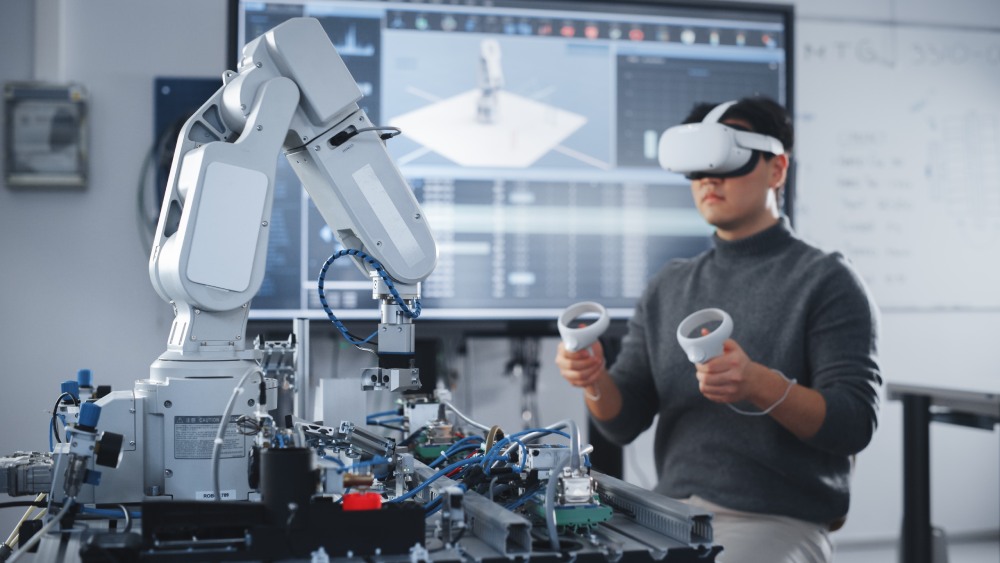
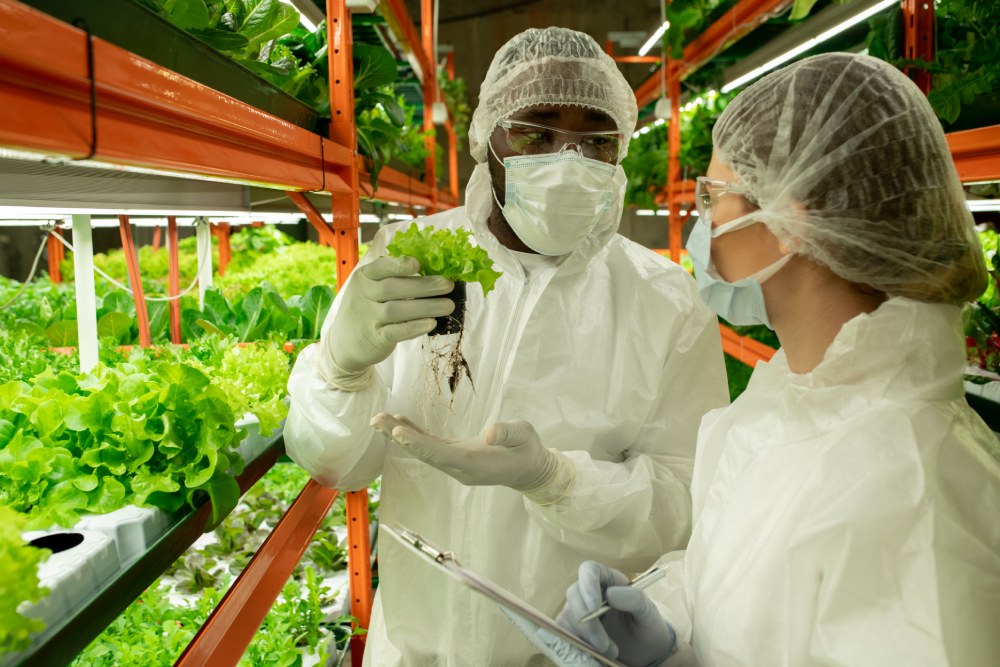
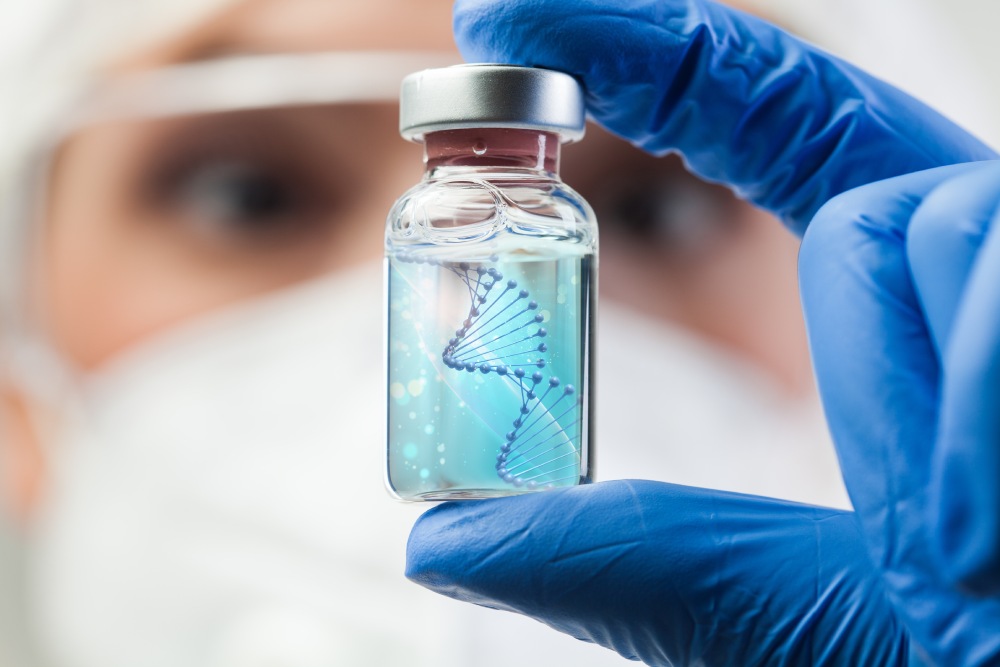
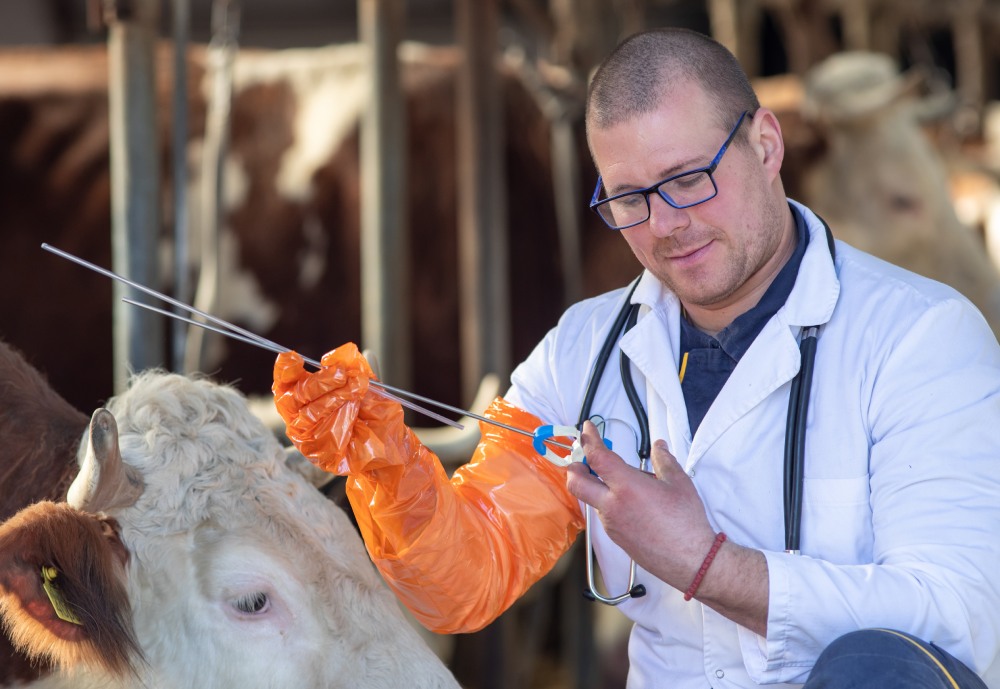
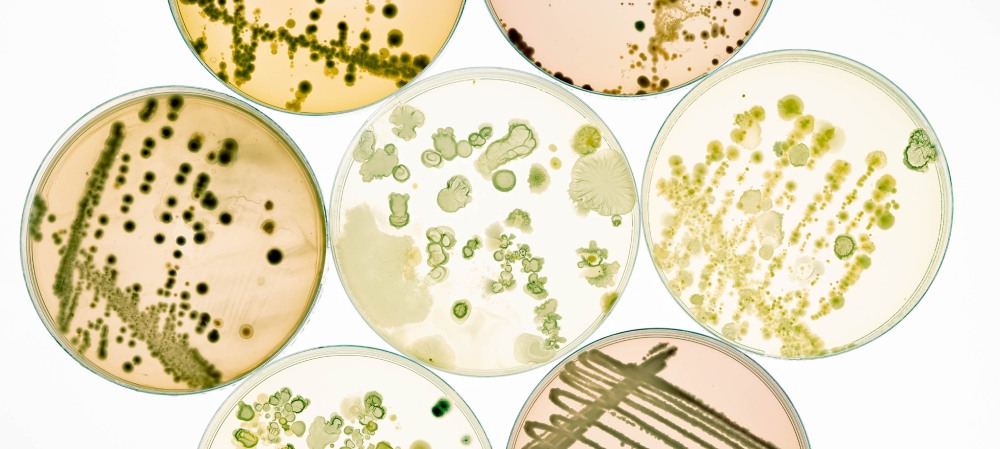
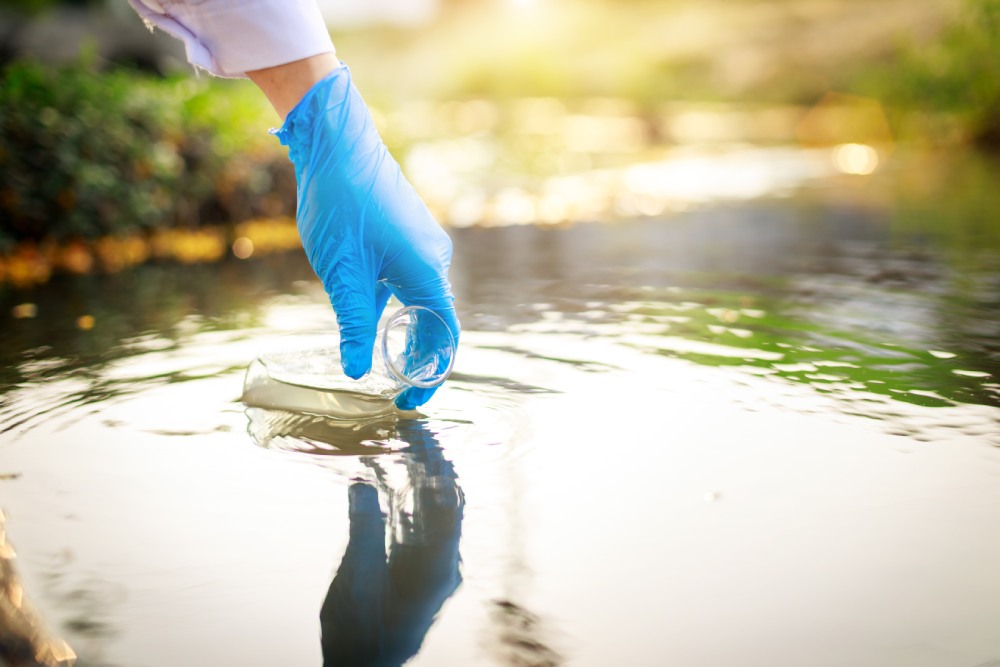
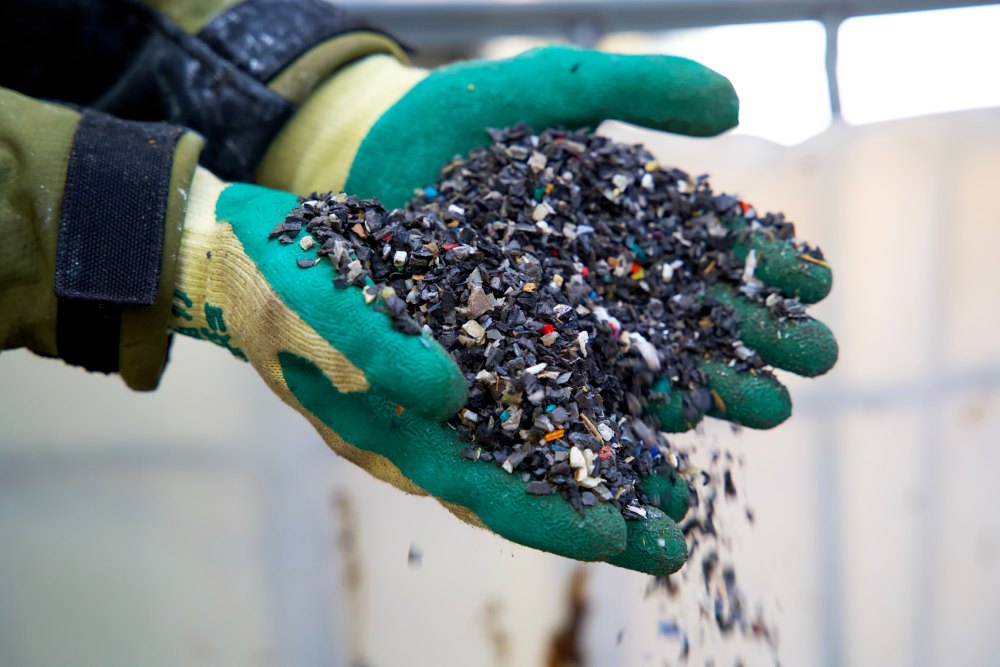

.jpg.transform/rp-rendition-md/image.jpg)